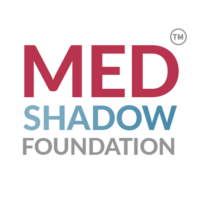ADHD diagnoses and the medications used to treat the symptoms have become a widespread part of modern life. According to 2022 data from the Centers for Disease Control and Prevention (CDC), roughly 7 million children in the U.S. between the ages of 3 and 17 — about 11.4% of that age group — have been diagnosed with ADHD at some point in their lives. And while percentages vary by state, the CDC also estimates that 38% to 81% of kids who have been diagnosed with ADHD are being treated with medication, compared to the 39% to 62% of kids who are being treated with therapy.
But is medicating with stimulants like Adderall long-term truly the best solution?
An article published by The New York Times on April 25, 2025, takes a deeper look at the complexities behind that question. Through his reporting, author Paul Tough raises the question of whether managing ADHD requires a more nuanced approach — one that looks beyond medication alone.
Paul Tough is a journalist and the author of four books, including The Inequality Machine: How College Divides Us, and How Children Succeed: Grit, Curiosity, and the Hidden Power of Character, which spent more than a year on the New York Times bestseller lists. He speaks on topics such as education, parenting, equity, and student success, and his writing has appeared in the New Yorker, the Atlantic, GQ, and Esquire.
2583988





